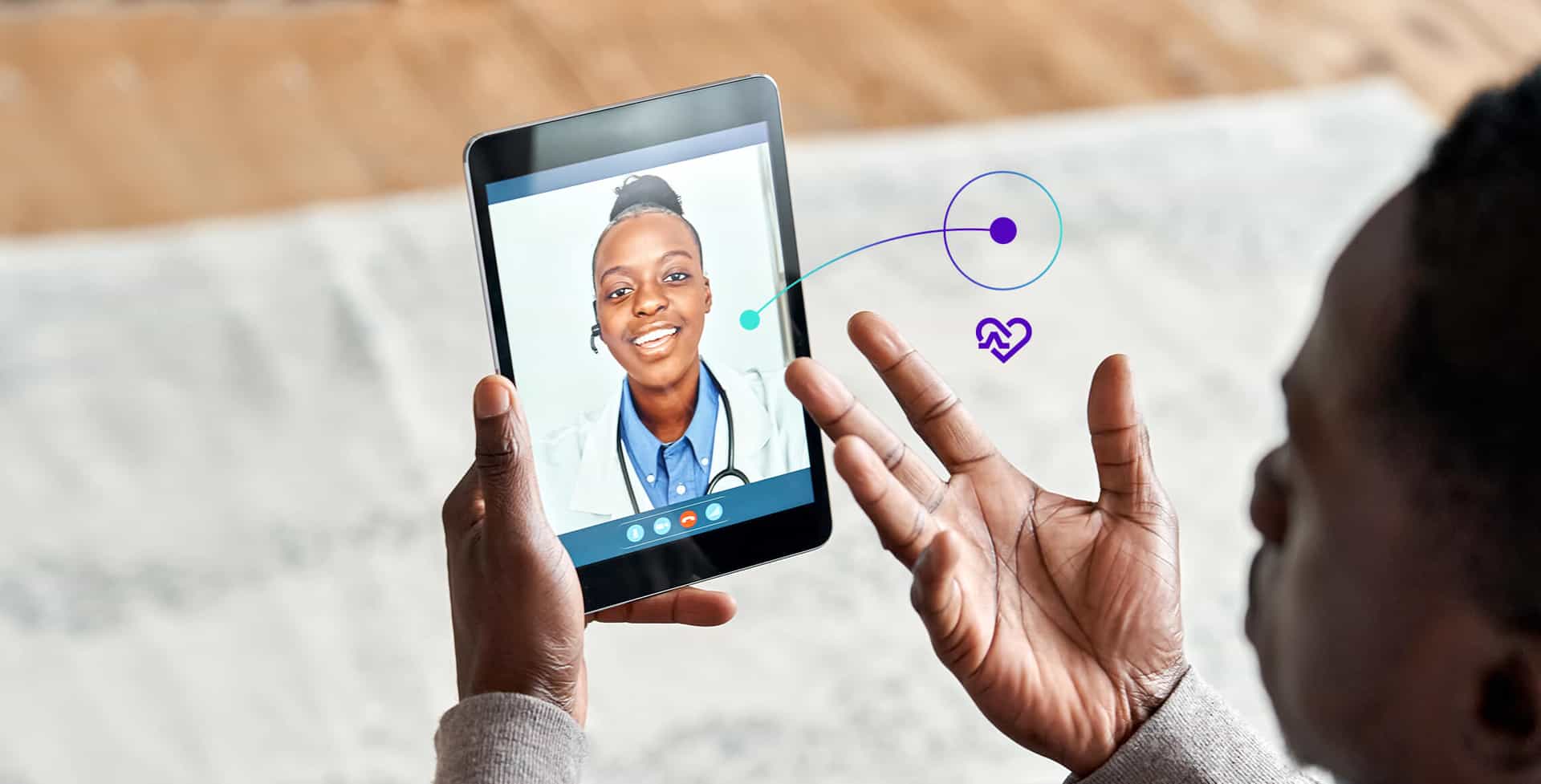What healthcare’s “Amazon moment” means for patient experience

By Jim Burke
0 min read

From improving system efficiency to maximizing patient experience.
Almost a year ago, Jefferson Health President and CEO, Dr. Stephen Klasko, told Becker’s Hospital Review, “This is healthcare’s Amazon moment… If hospitals believe that innovation can be just this cute little thing that they do in the background but the real business is just getting heads in beds, they’re nuts. I think we were always wondering what the big disruption would be that got us to join the consumer revolution, and I think this is it.”
Dr. Klasko was speaking at the time about the broader move toward virtual care and telehealth during the early months of the pandemic, and now his comments read almost eerily prescient.
Eight months later, a March 2021 headline sent jolt through the industry: Amazon was expanding its telehealth services beyond its employees. Now no one can argue that healthcare is not facing an “Amazon moment.”
Amazon Care, the app-based service that began as a healthcare benefit for Amazon employees to offer urgent care-type services has added primary and preventive care, home visits by clinicians in some markets, and prescription delivery.
It joins Amazon efforts in pharmacy (Pillpack), wearables (Amazon Halo) and the remote monitoring Amazon Alexa skills used by growing numbers of health tech vendors as healthcare-focused initiatives.
It also follows Haven, a discontinued joint initiative between Amazon, Berkshire Hathaway, and JPMorgan Chase that explored new models of employee healthcare from 2017 to early 2021.
But Amazon Care stands apart from its predecessors in that it directly aims to disrupt fundamental parts of care delivery, starting with the patient experience.
Amazon has an inarguable track record in reshaping the markets it enters. From owning the online book sales market, to turning their own data centers into the world’s biggest cloud infrastructure company, to upending Hollywood with big spending and new delivery platforms, Amazon has rarely proven unable to understand—and eventually master—industries it enters.
The common theme in each market Amazon has impacted has been their ability to offer end consumers or users a better experience than the status quo. That same idea of consumer-focused change is at the core of what Dr. Klasko alludes to in describing the post-2020 landscape last year.
In healthcare, patient experience has been a major topic for years. Here’s what the “Amazon Moment” means for patient experience:
1. The change is here.
Health systems cannot treat patient experience and engagement initiatives as “innovation projects” that may impact core operations in the future.
Whether it’s Amazon Care, CVS’s MinuteClinic’s virtual and physical visits, or Cigna’s Evernorth (with its newly acquired MDLive platform), there are large and integrated organizations that are aligning with large employers and national payers to offer convenient and consumer-centric care options today.
Providers should heed Dr. Klasko’s warning to act fast to compete (or collaborate) in a landscape that has already shifted dramatically.
2. Personalization will be critical.
One of the earliest updates to the Amazon Care model was creating Care Teams that are aligned to individual patients. This makes sense: the feeling that virtual care was “impersonal” is a commonly-cited drawback in surveys.
Providers have an opportunity to design journeys from digital front doors through visits that unify data and allow each clinician, application, or service staff member to understand the full context of each patient they interact with.
This requires integrating tools to EHR or CRM data and making it actionable during patient touchpoints. It’s the difference between a patient feeling like they are interacting with different members of their own team, instead of explaining their situation and needs at every step of the way.
"Healthcare's "Amazon moment" means changing perspectives from improving system efficiency to maximizing patient experience."
3. A chatbot on your website is not enough.
Amazon does not win over consumers in new industries simply because they have a mobile app or a nicer website. They compete at every stage of the customer experience, and put a particular emphasis on understanding each consumer and guiding them to a more tailored and efficient self-service process.
Providers have used patient portals, IVR systems, and mobile apps to divert inbound calls for years now. But the Amazon Moment means changing perspectives from maximizing system efficiency to maximizing patient experience. That entails harmonizing digital tools so that patient actions on a portal “follow” them to the IVR system.
Providers should also design patient experiences with the overriding goal being retention and loyalty. There are numerous sources of inspiration for how to do this in other industries, including intelligent content recommendation, personalized and relevant outreach, and call center staff equipped and trained to make patient experience a differentiator.
Talkdesk is committed to helping providers create a better way for patient experience. Download the Patient experience reimagined, the new ebook by Ed Marx, chief digital officer at Tech Mahindra and former chief information officer of the Cleveland Clinic, to learn how leading healthcare organizations are meeting this goal.









